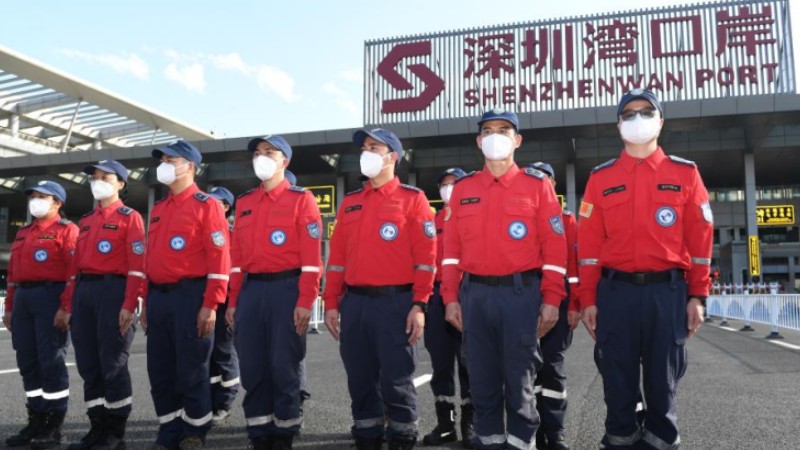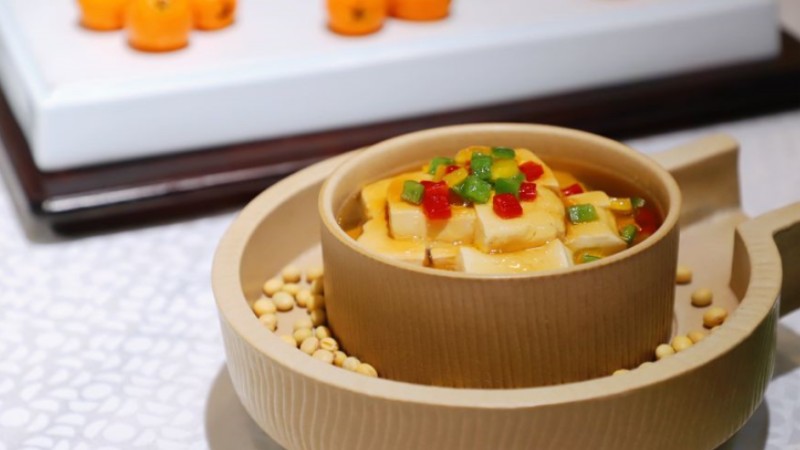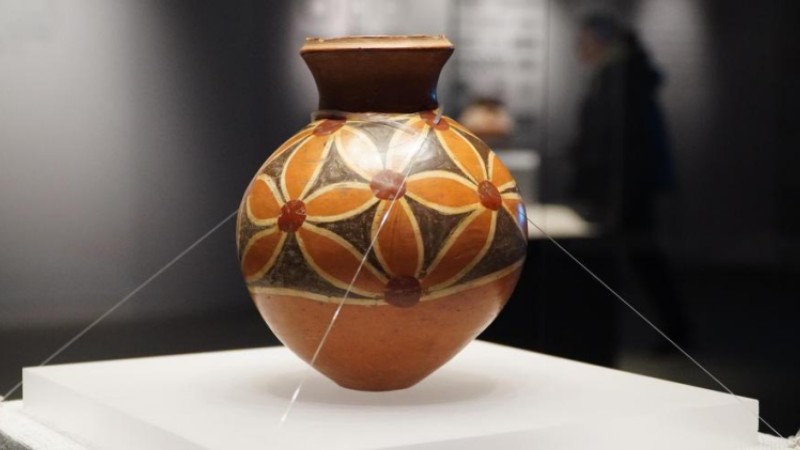Aussie research identifies LRRC15 as receptor that blocks COVID-19 infection
SYDNEY, Feb. 10 (Xinhua) -- A new study led by the University of Sydney has discovered a protein in the human lung that can sequester the SARS-CoV-2 virions and help to limit infection.
According to the study published in the PLOS Biology journal on Thursday, a whole-genome CRISPR activation approach is used to identify host factors controlling cellular interactions with SARS-CoV-2.
Researchers found that a TLR-related cell surface receptor called leucine-rich repeat-containing protein 15 (LRRC15) physically links SARS-CoV-2 to perturbed-state fibroblasts, where LRRC15 expression can control the balance between fibrosis and antiviral responses.
This activity may help promote COVID-19 resolution while preventing lung fibrosis, the study noted.
"We think it acts a bit like Velcro, molecular Velcro, in that it sticks to the spike of the virus and then pulls it away from the target cell types," said Lipin Loo, co-author and postdoctoral researcher from the University of Sydney.
Matthew Waller, another co-author and PhD student from the same university, added that the virus is basically coated in the other part of the Velcro. "While it's trying to get to the main receptor, it can get caught up in this mesh of LRRC15," said Waller.
LRRC15 is primarily expressed in innate immune barriers, including placenta, skin and lymphatic tissues as well as perturbed-state tissue fibroblasts.
During their research, the experts observed that the LRRC15 protein is absent in control lungs, but highly expressed in COVID-19 patients, where it lines the airways.
"We think this newly identified protein could be part of our body's natural response to combating the infection creating a barrier that physically separates the virus from our lung cells most sensitive to COVID-19," said Loo.
As this receptor can block COVID-19 infection, activate anti-virus response and suppress fibrosis response, researchers expected their findings to play a part in new antiviral and antifibrotic medicine development to help treat pathogenic coronaviruses, and possibly other viruses or other situations where lung fibrosis may occur.
The research team also worked on two strategies against COVID-19 using LRRC15 that could work across multiple variants, one targets the nose as a preventative treatment while another focuses on the lungs for serious cases.
Photos
Related Stories
- China unlikely to see new COVID wave in coming months: expert
- Threat from COVID-19 virus mutation weakening: Chinese health expert
- Feature: Dominicans thank China for support in COVID-19 fight
- No new Omicron variants detected in Beijing by 2022 end: study
- C.China’s Hunan to roll out antibody testing services to help get overall picture of immunity among population
Copyright © 2023 People's Daily Online. All Rights Reserved.









